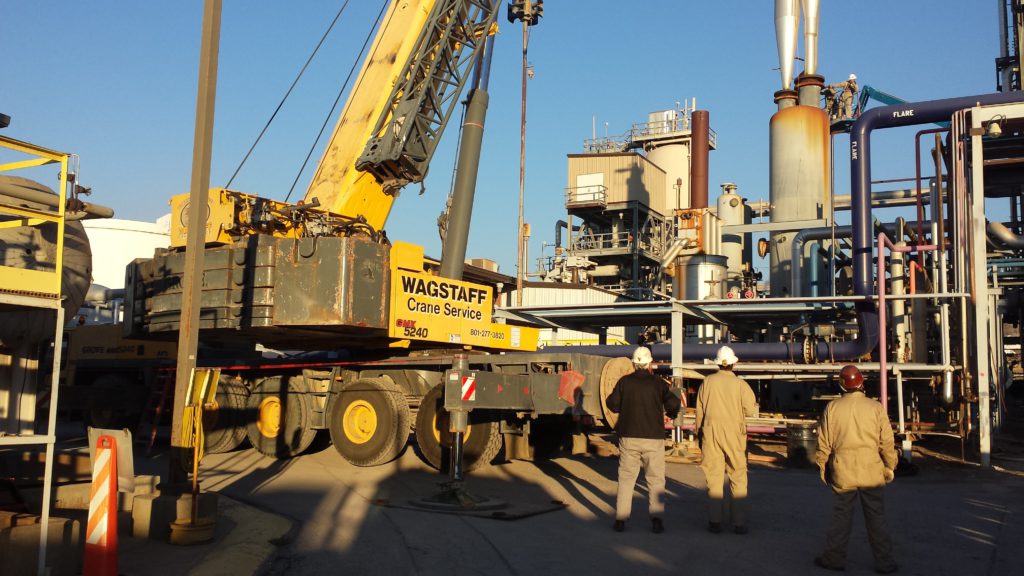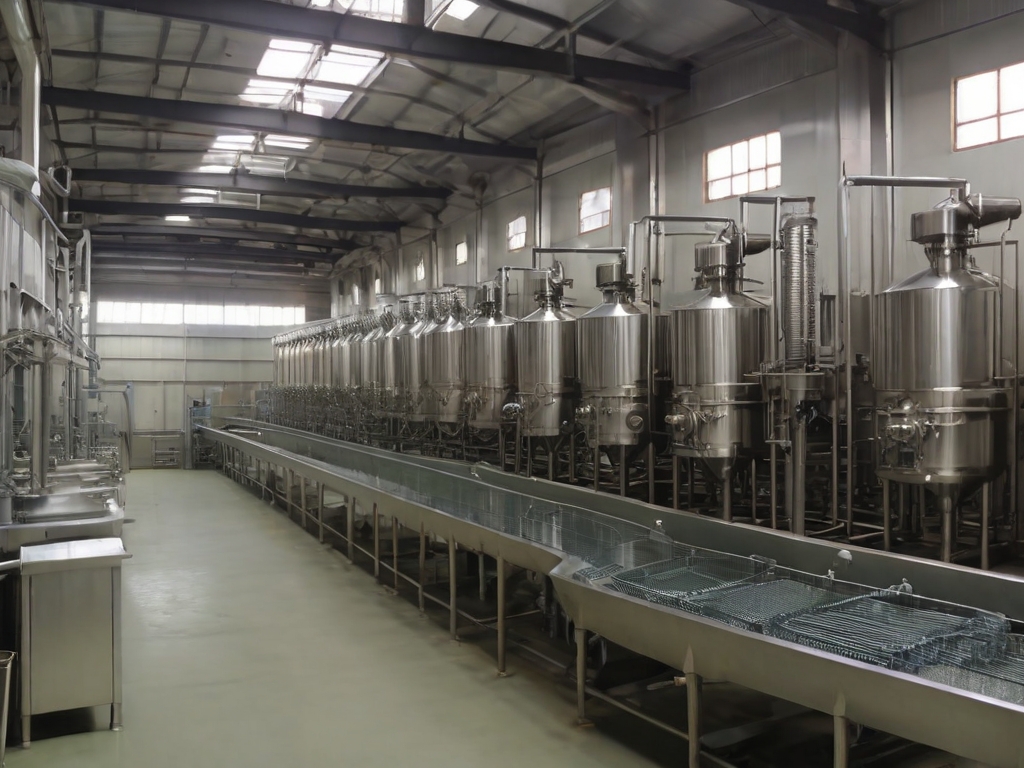When it comes to hazardous environments, safety is paramount. Two key classifications that ensure safety in such environments are intrinsically safe and explosion-proof. These terms are often used interchangeably, but they represent different safety standards. In this article, we will delve into the differences between these two classifications. This information is particularly relevant to businesses like the Intrinsically Safe Store, which specializes in providing equipment designed to operate safely in hazardous conditions. We invite you to visit our website to learn more about our offerings.
What is Intrinsically Safe?
Intrinsically safe (IS) refers to equipment and wiring that’s inherently safe. In other words, it’s designed with safety measures that prevent it from causing an explosion in a hazardous environment, even under fault conditions. This is achieved by limiting the electrical and thermal energy to levels below what’s required to ignite a specific hazardous atmospheric mixture.
Benefits of Intrinsically Safe Equipment
- It can be safely maintained and repaired without needing to be disconnected or de-energized.
- It’s generally more cost-effective than explosion-proof equipment due to lower installation, maintenance, and inspection costs.
- It offers increased safety due to its design, which prevents explosions even under fault conditions.
What is Explosion-Proof?
Explosion-proof equipment, on the other hand, is designed to prevent an internal explosion from causing a much larger, external explosion. It does this by containing any explosion within the device itself. This classification doesn’t prevent the equipment from becoming a source of ignition, but it does prevent the ignition from spreading to the surrounding atmosphere.
Benefits of Explosion-Proof Equipment
- It’s designed to contain an explosion, preventing it from spreading to the surrounding environment.
- It’s suitable for use in environments with high concentrations of flammable gases or dust.
- It’s typically more robust and durable than intrinsically safe equipment.

Key Differences Between Intrinsically Safe and Explosion-Proof Classifications
While both intrinsically safe and explosion-proof classifications aim to prevent explosions in hazardous environments, they do so in different ways. Intrinsically safe equipment prevents an explosion from occurring in the first place, while explosion-proof equipment contains an explosion to prevent it from spreading.
Another key difference lies in their maintenance. Intrinsically safe equipment can be maintained and repaired while energized and in a hazardous location. In contrast, explosion-proof equipment often requires de-energizing and may need to be removed from the hazardous location for maintenance or repair.
Choosing Safe Equipment for Hazardous Environments
Understanding the difference between intrinsically safe and explosion-proof classifications is crucial for selecting the right equipment for your specific needs. While both offer safety measures for hazardous environments, they do so in different ways and come with their own sets of benefits. If you’re in need of intrinsically safe or explosion-proof equipment, consider reaching out to the experts at the Intrinsically Safe Store. Our team can provide valuable insights and help you select the right equipment for your needs.
Remember, safety should never be compromised. Whether you opt for intrinsically safe or explosion-proof equipment, ensure it meets the necessary safety standards for your specific environment. Contact us today to learn more about how we can help you maintain safety in your hazardous environment.


























